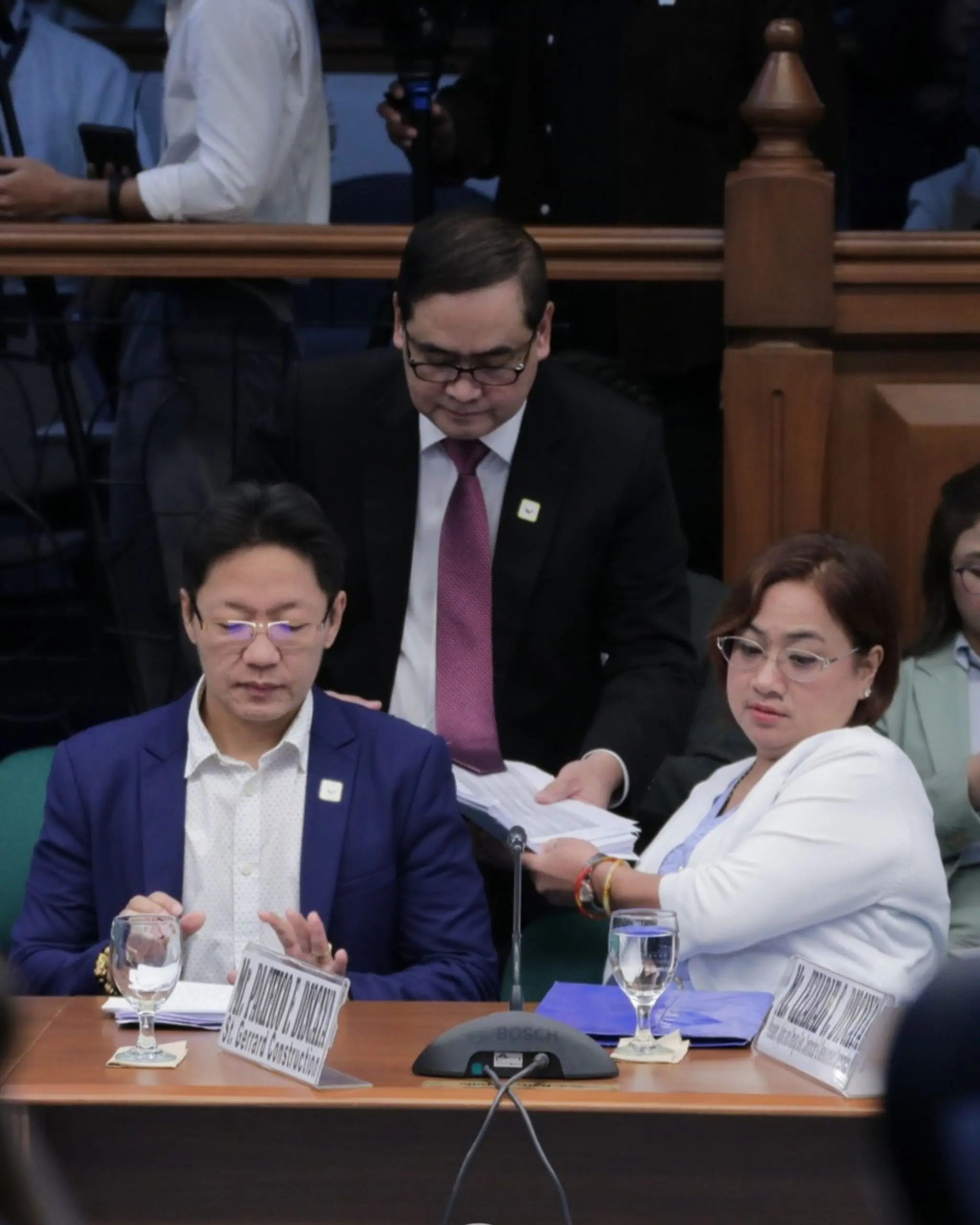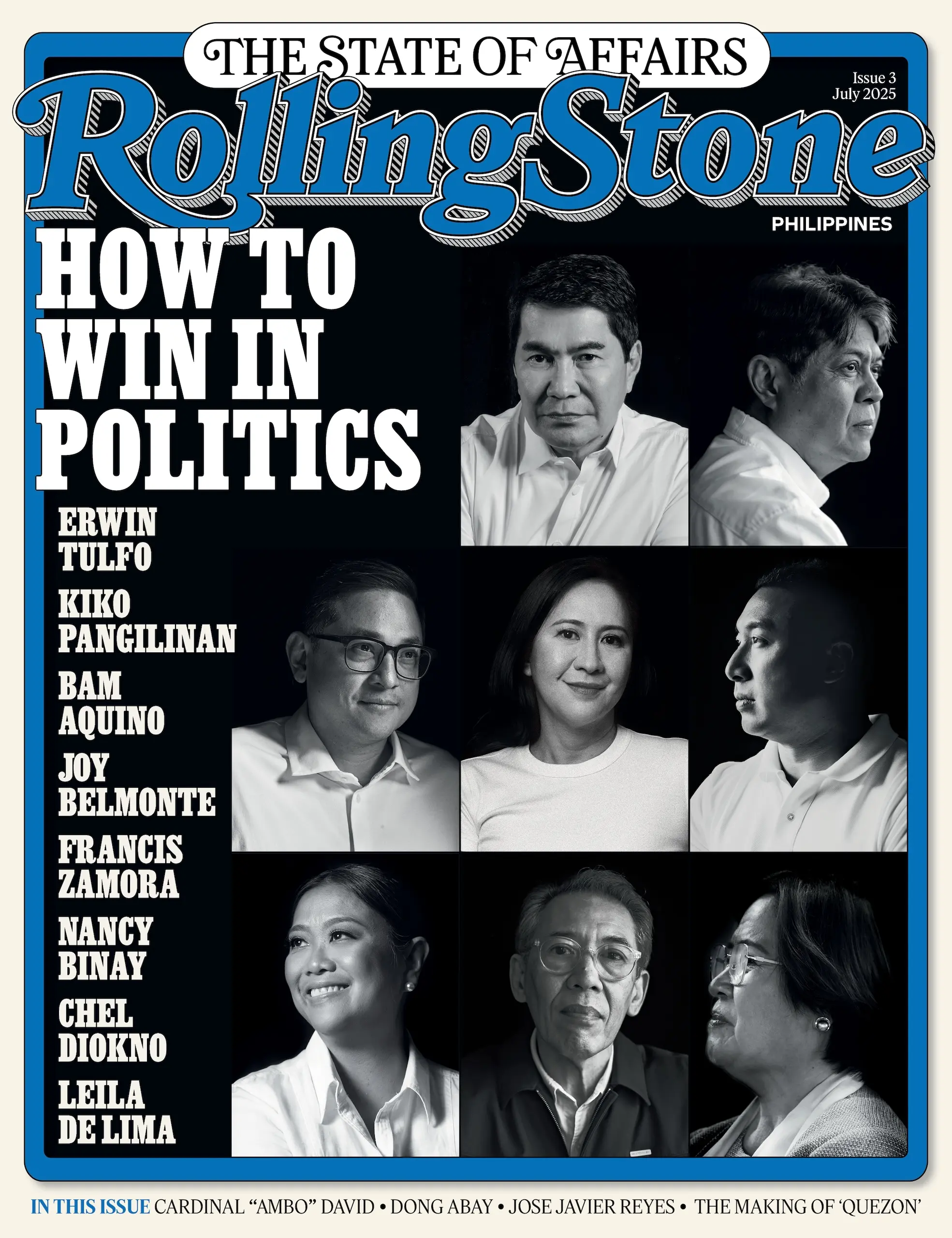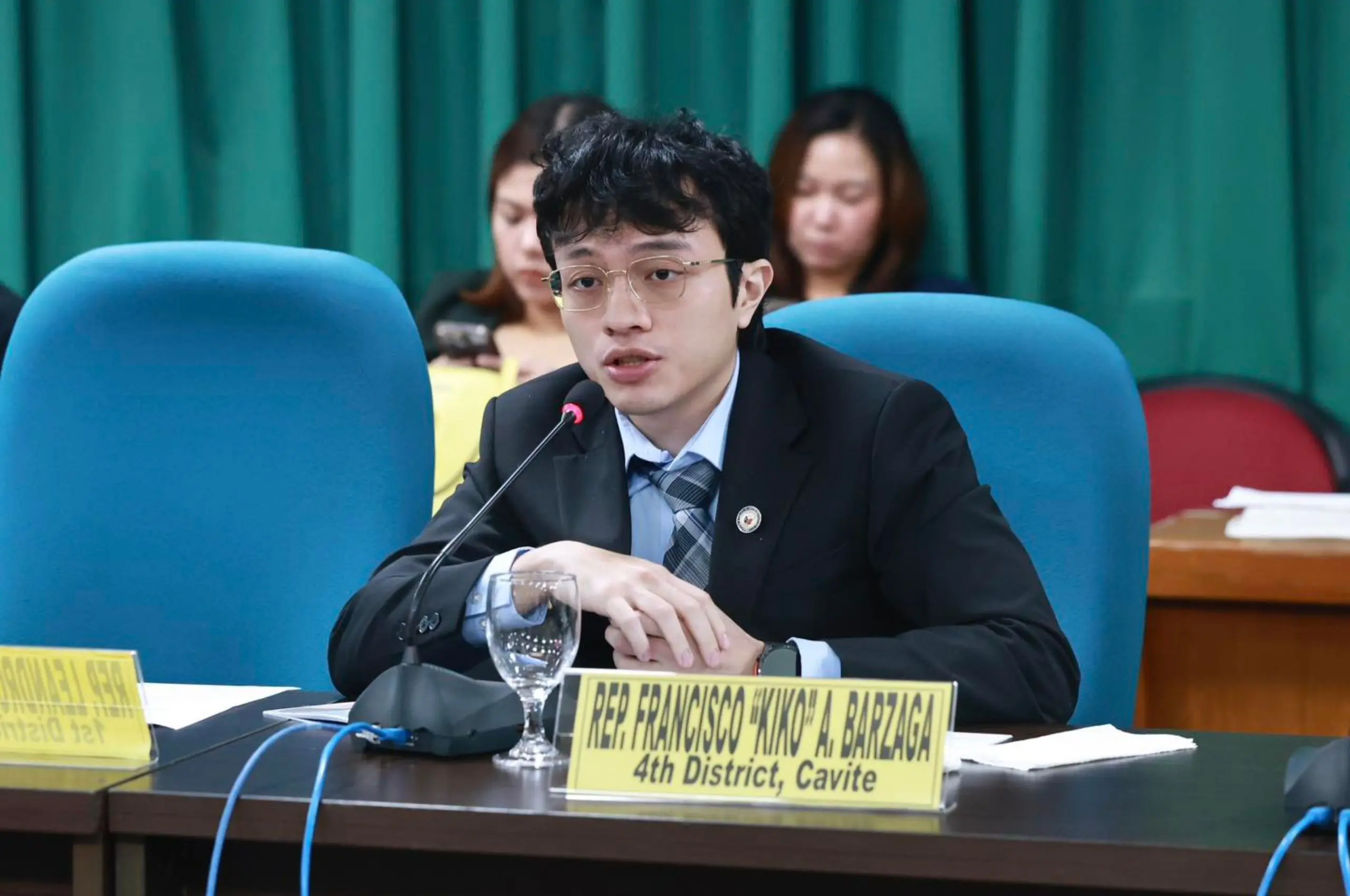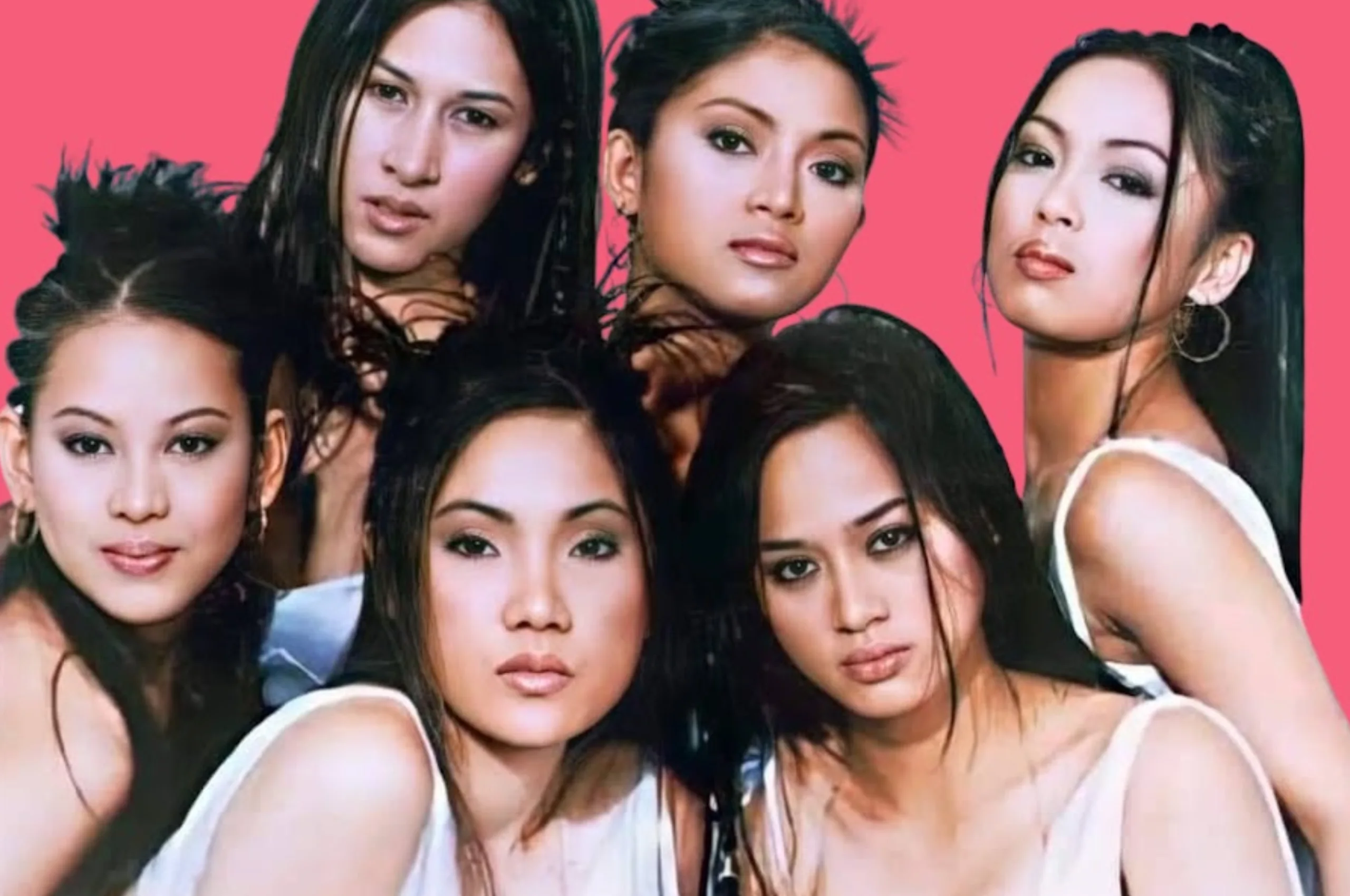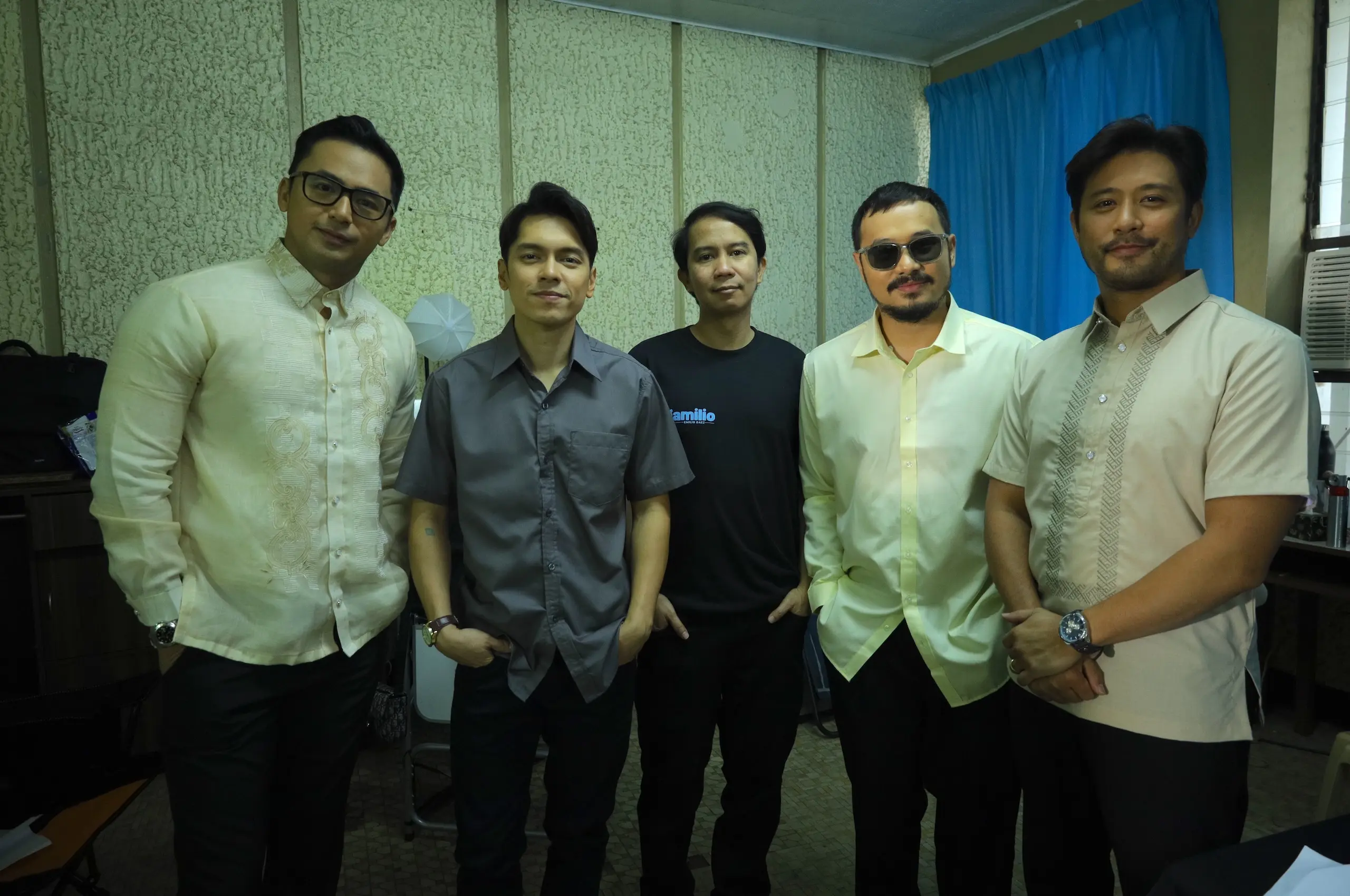The current flood control scandal isn’t the first of its kind to cause immense public outrage. In the last 25 years alone, there have been several corruption scandals that repeatedly reflected the Philippine government’s inability to purge itself of bad actors. The Department of Public Works and Highways’ (DPWH) anomalous flood control projects, in particular, are enraging because funds allocated to save everyday Filipinos from flooding and its hazards are allegedly being pocketed by government officials and contractors.
Finance Secretary Ralph Recto estimated that corruption related to the anomalous flood control projects has cost the country P118.5 billion in economic losses since 2023. As investigations continue, it is uncertain as of now how much money has been passed between the accused, but President Ferdinand “Bongbong” Marcos Jr. had initially flagged 15 construction firms responsible for flood control contracts amounting to P100 billion. A few of those firms, including those owned by contractors Sarah and Curlee Discaya, have been disqualified or banned from bidding for government projects again.
After locking up those responsible for the flood control mess, DPWH Secretary Vince Dizon said the government’s next goal is to “return the people’s money.” But can they really do that? And what of the billions of pesos lost in the country’s previous corruption cases?
Here, we take a look at the biggest corruption scandals of the 21st century so far and how much was stolen — and then wonder where all that money went, and why the same names keep cropping up.
President Erap Estrada’s Jueteng Scandal
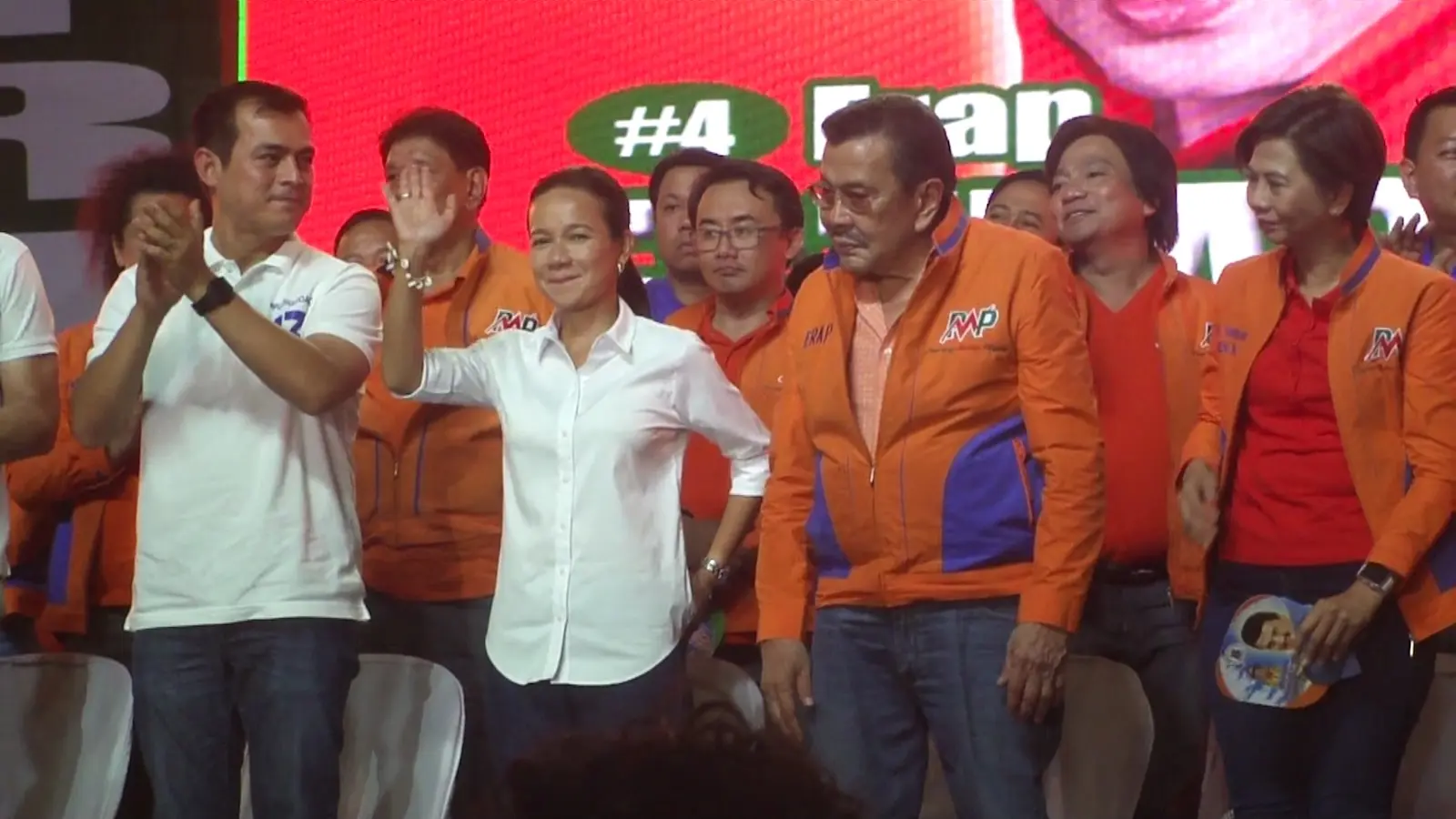
Starting amount stolen: P545 million
In 2000, Former President Joseph “Erap” Estrada was accused of receiving kickbacks from jueteng. Then-Ilocos Sur Governor Chavit Singson, Estrada’s friend, alleged that the president received as much as P545 million from the illegal numbers game, triggering Estrada’s impeachment trial.
But it collapsed when the Senate refused to open incriminating evidence, leading to the EDSA II protests that forced him out in January 2001. In 2007, he was convicted of plunder — his son Jinggoy Estrada among the co-accused — and sentenced to life imprisonment but was swiftly pardoned by then-President Gloria Macapagal Arroyo. Estrada attempted political comebacks, running for president in 2010 and winning as Manila mayor in 2013. Jinggoy won a Senate seat in 2004 and still serves as a senator today.
‘Hello Garci’ and the Fertilizer Fund Scam
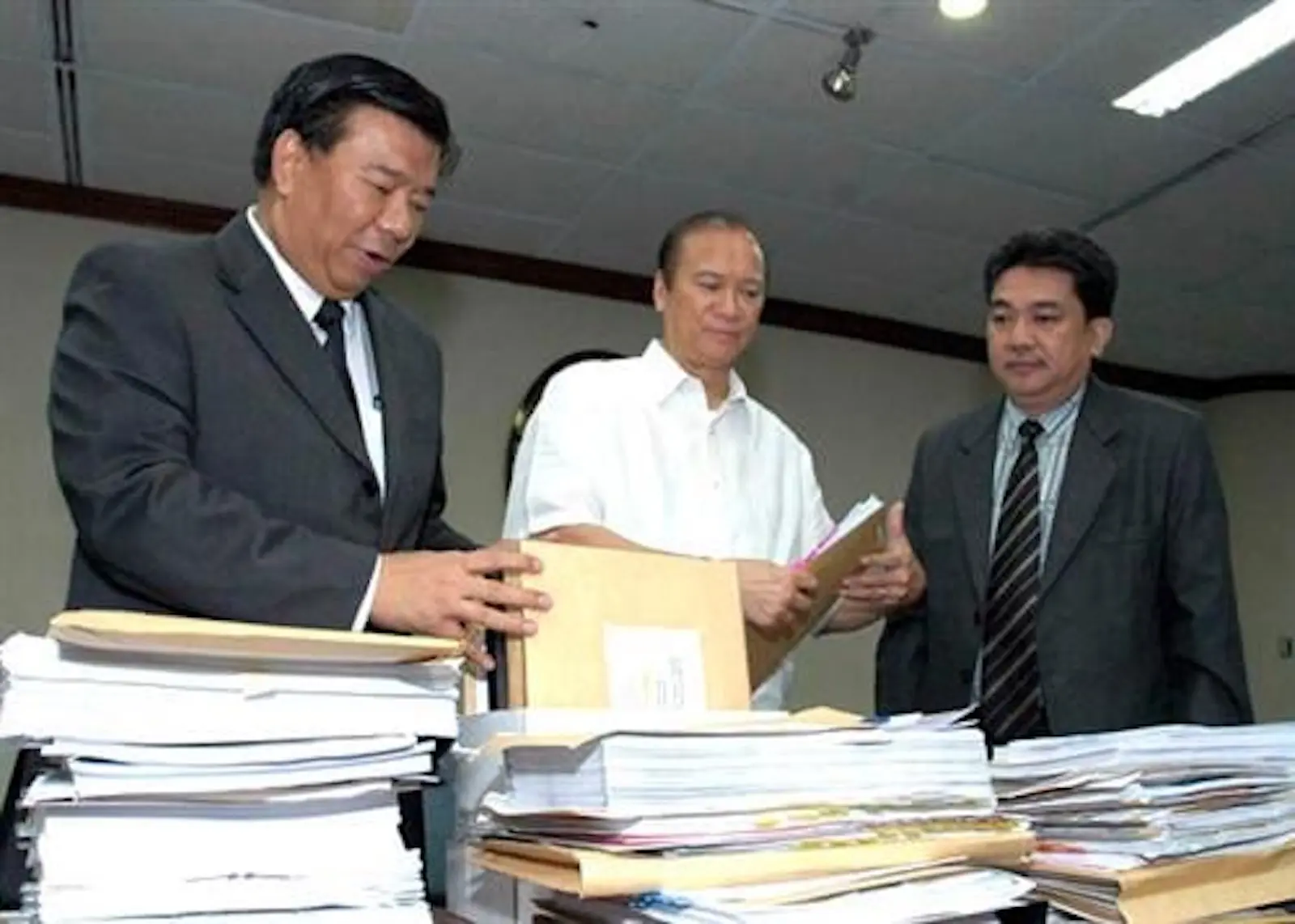
Amount stolen: P728 million
Cumulative amount stolen: P1.27 billion
The P728-million fertilizer fund scam broke in 2006 when reports revealed that Agriculture Undersecretary Jocelyn “Jocjoc” Bolante diverted funds meant for farm inputs to help bankroll Arroyo’s 2004 re-election. A year prior, Arroyo was embroiled in the “Hello Garci” scandal, in which she and Comelec official Virgilio “Garci” Garcillano were accused of electoral fraud and rigging the presidential elections in her favor.
In the 2006 fertilizer fund scam, many farmers claimed they never received fertilizers promised by the government, while funds were traced to dubious NGOs and ghost projects, which involved businesswoman Janet Lim-Napoles. Senate hearings exposed the misuse of government funds, but prosecutions dragged on for years. In 2018, Napoles and six others were indicted in connection with the scam, though several charges were dismissed. In 2024, the Sandiganbayan convicted former Cagayan de Oro City Representative Constantino Jaraula of graft in relation to the scam.
AFP ‘Pabaon’ or Slush Fund Scandal
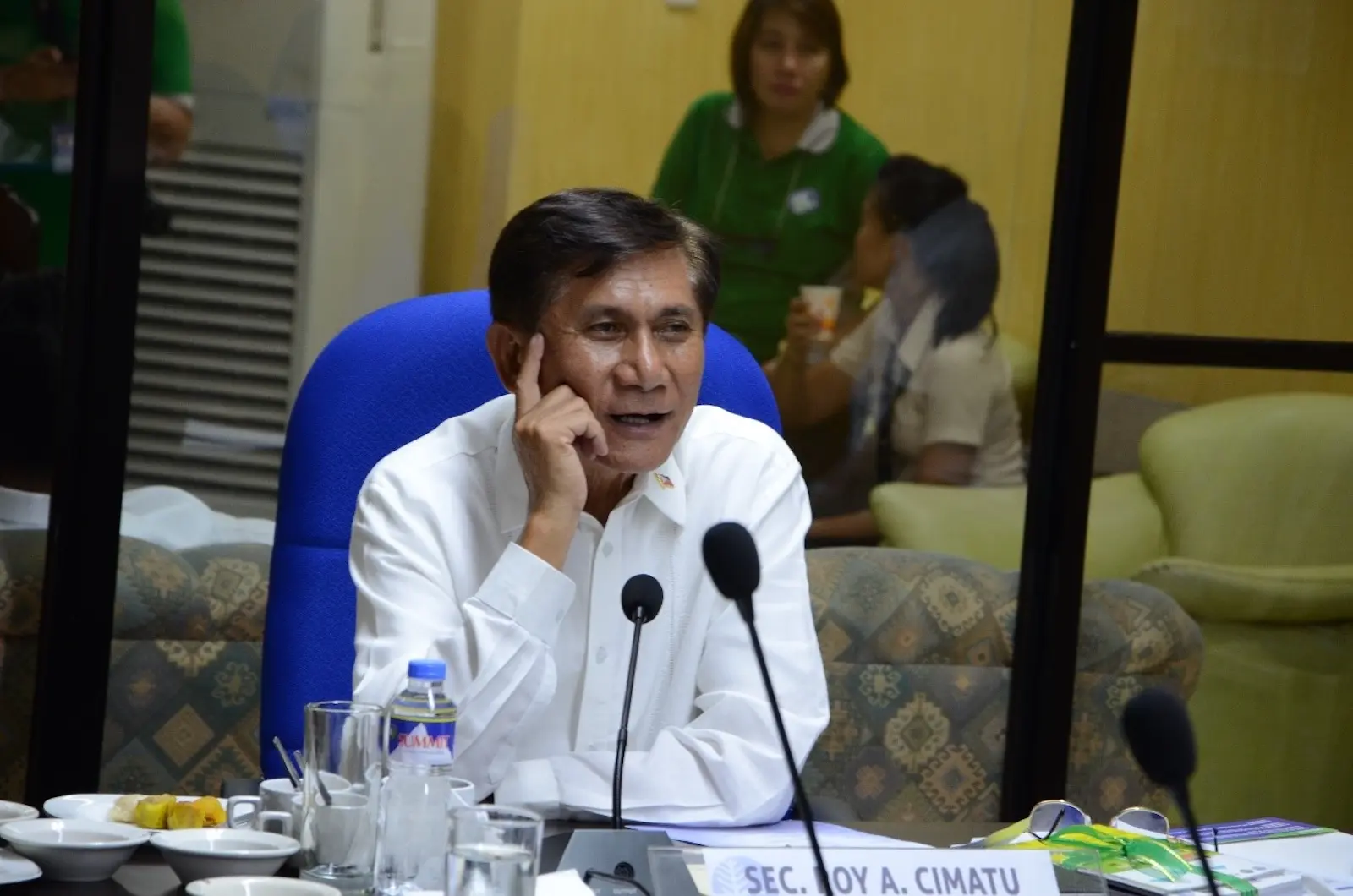
Amount stolen: P1.5 billion
Cumulative amount stolen: P2.77 billion
In January 2011, former Armed Forces of the Philippines (AFP) budget officer Colonel George Rabusa revealed that retiring AFP chiefs received up to P50 million each in pabaon or send-off money, sourced from P1.5 billion in diverted military funds. Key names included former Defense Secretary Angelo Reyes, retired chief Roy Cimatu, and former comptroller Carlos Garcia, accused of plundering P303 million.
Only a month after Rabusa came forward with the allegations, Reyes committed suicide amid the Senate probe and was buried at the Libingan ng Mga Bayani. While Garcia faced plunder charges, most top officials escaped conviction, and some, like Cimatu, later returned to government service.
Pork Barrel Scam
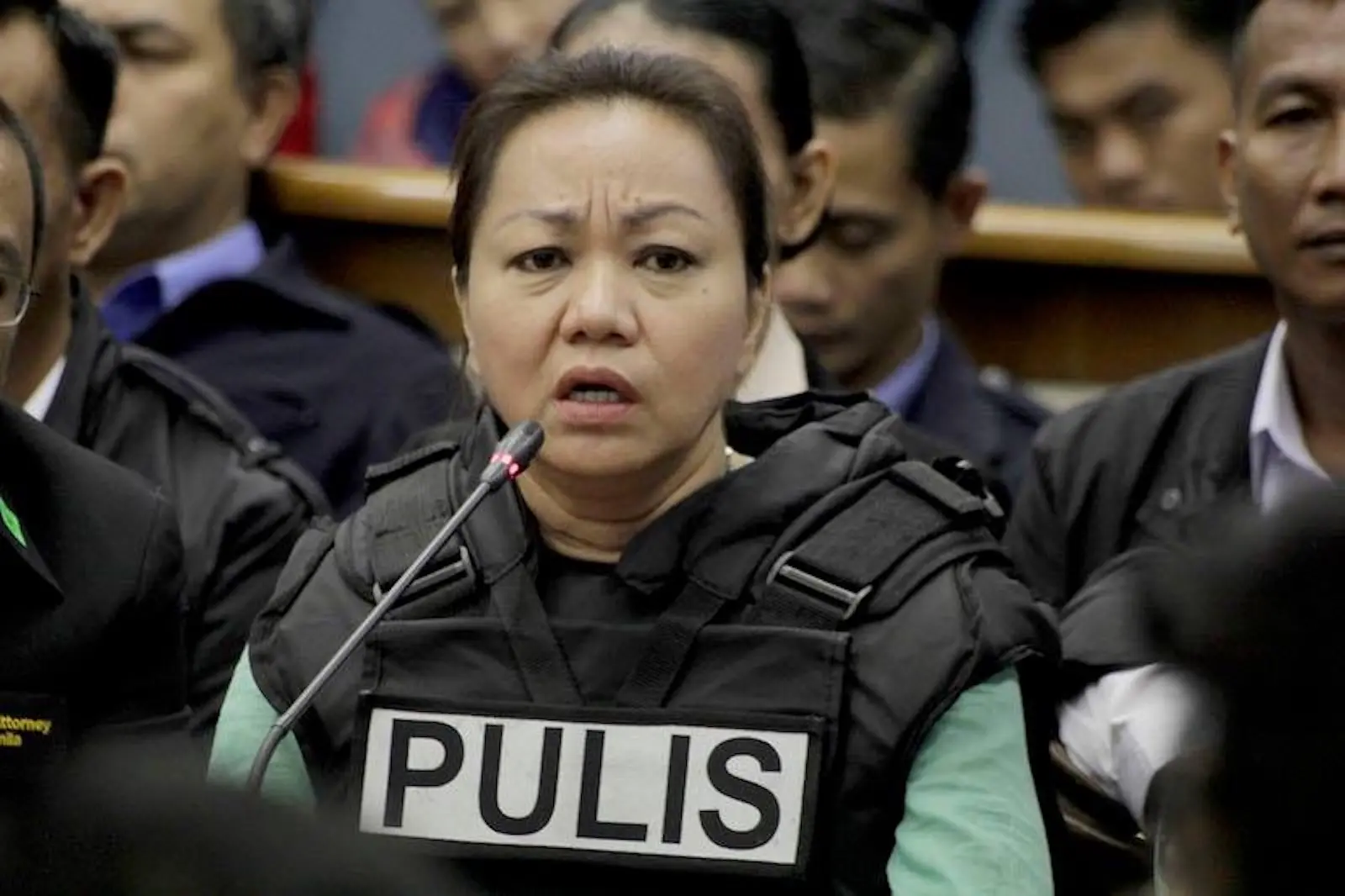
Amount stolen: P10 billion
Cumulative amount stolen: P12.77 billion
Napoles and Senator Jinggoy Estrada, who has also been accused and has denied involvement in the flood control controversy, make a comeback in the pork barrel scam, also known as the Priority Development Assistance Fund (PDAF) scam.
Exposed in 2013, the scam revealed how P10 billion from lawmakers’ PDAF was funneled into fake NGOs run by Napoles. Senators Juan Ponce Enrile, Estrada, and Bong Revilla were among those accused of plunder for endorsing ghost projects in exchange for kickbacks. The Supreme Court struck down PDAF as unconstitutional, and mass protests erupted. Napoles was convicted in some cases, while Revilla and Estrada were acquitted of plunder but faced bribery charges. Enrile, despite his age, was released on humanitarian grounds and later appointed as chief legal counsel to the current President Marcos Jr., who was one of the lawmakers named in the scam.
PhilHealth’s Missing P15 Billion

Amount stolen: P15 billion
Cumulative amount stolen: P27.77 billion
In 2020, former PhilHealth anti-graft officer Thorrsson Montes Keith alleged that the public insurance company’s senior executives stole P15 billion through “ghost claims,” overpriced IT projects, and misuse of the Interim Reimbursement Mechanism meant for hospitals battling COVID-19. PhilHealth denied outright theft, saying 92 to 98 percent of funds were later “liquidated.” Still, Senate hearings and a task force probe led to the resignation of CEO Ricardo Morales and charges against several officials. Despite the uproar, no top executive was convicted.
Pharmally Scandal
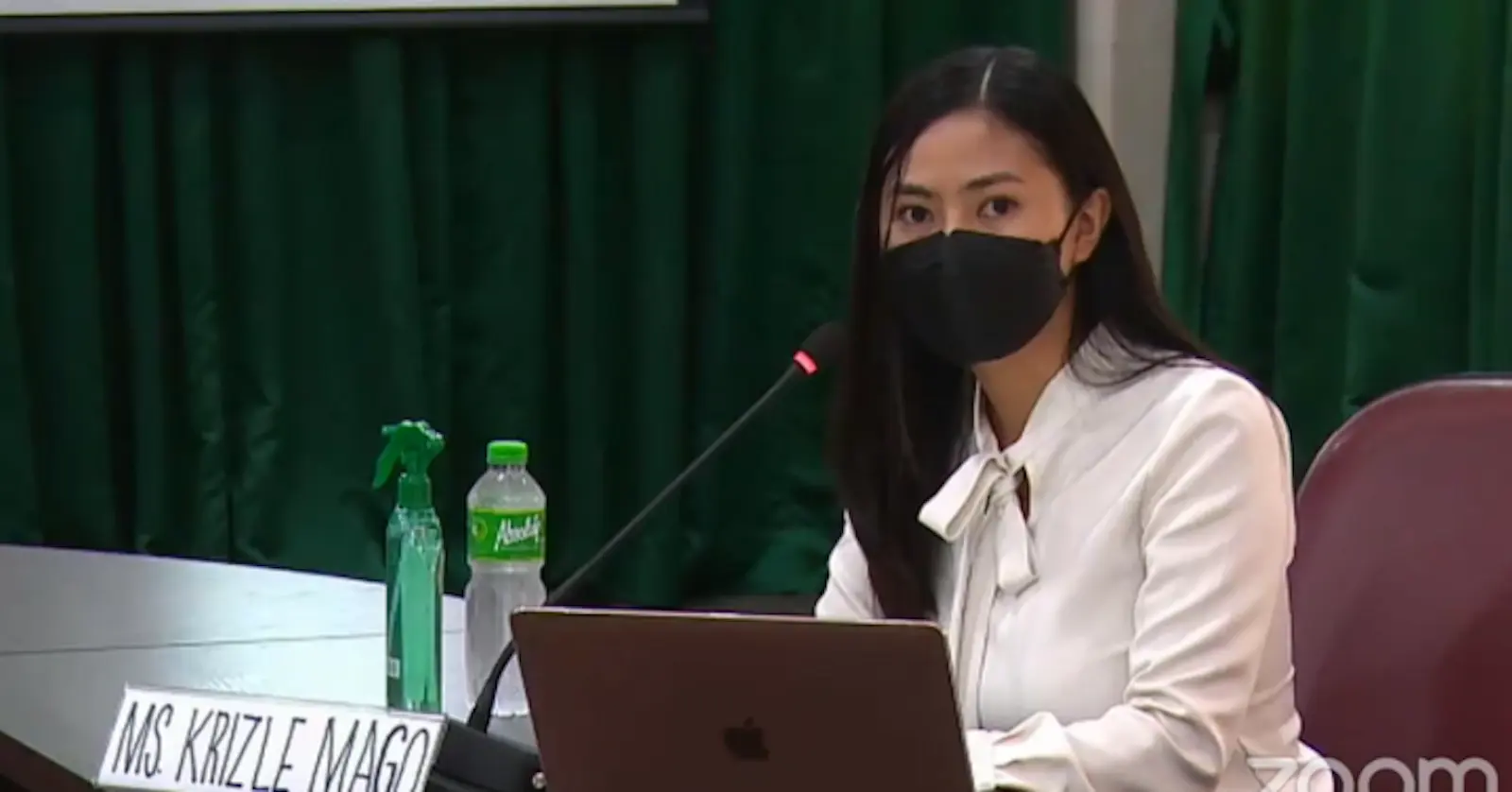
Amount stolen: P8.6 billion
In August 2021, the Senate Blue Ribbon Committee opened hearings into the Duterte administration’s pandemic purchases and found that P8.6 billion in contracts went to Pharmally Pharmaceutical Corp., a company with only P625,000 in capital and no track record. Its executives were linked to former presidential adviser Michael Yang and Senator Christopher “Bong” Go, then chair of the Senate Committee on Health and Demography. Lawmakers questioned how such a small firm became the government’s top pandemic supplier through the Department of Budget and Management Procurement Service.
Among the irregularities uncovered were overpriced face masks sold at P27.72 each, tampered expiry dates on face shields, and deliveries made even before purchase orders were signed. Whistleblower Krizle Grace Mago admitted she was instructed to falsify inspection documents to make substandard supplies appear usable. The Senate recommended graft charges against Pharmally executives and DBM officials, but no convictions were made.
Total amount stolen across six corruption scandals: P36.37 billion
(or just a little over the P31 billion in flood control contracts the Discaya family bagged).
